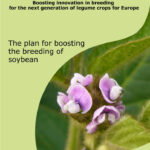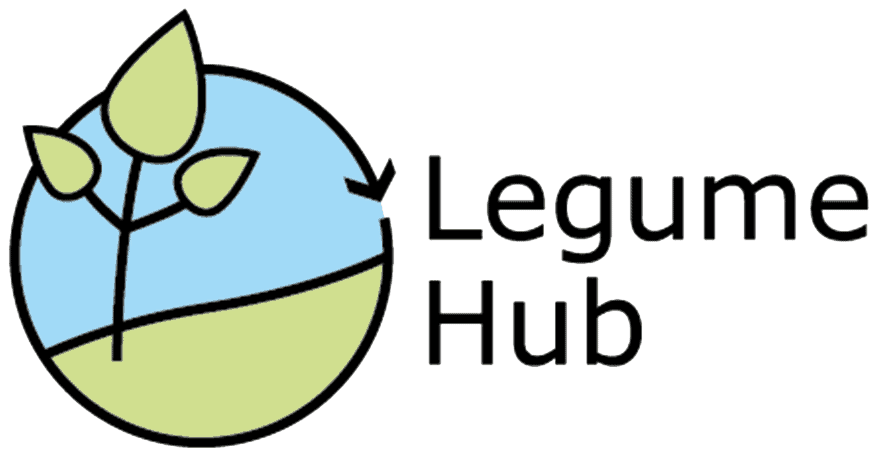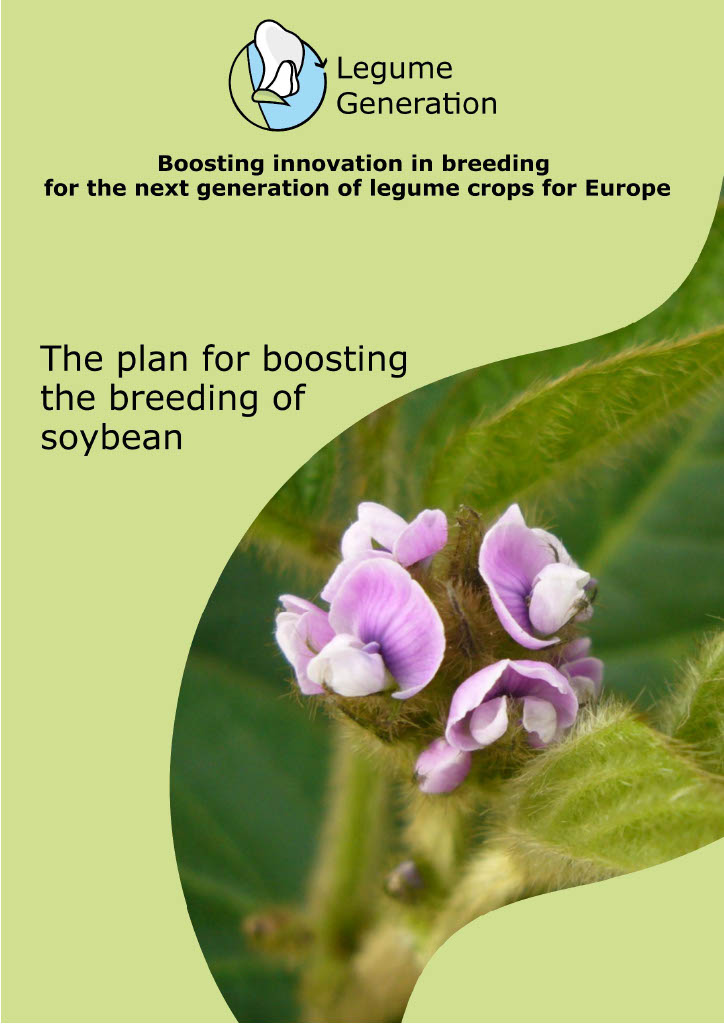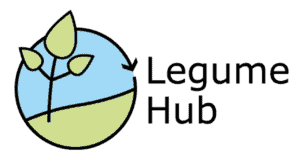- Mária Škrabišová
- Legume Generation consortium
- 2024
-
Soybean (Glycine max) is a vital source of high-quality protein for both food and feed applications. Consequently, the development of new soybean varieties tailored to the diverse environments of Europe is crucial for enhancing adaptability of European soybean production to stress conditions, such as drought and temperature fluctuations. Additionally, improving end-use quality traits, such as seed protein content and food-grade characteristics, is essential to meet the demands of the food and feed industries. The Soybean Innovation Community within the Legume Generation project consists of 15 partners, eight of whom are directly involved in soybean breeding. This community actively supports breeding programmes by advancing phenotyping and genotyping techniques for their genetic materials. Field experiments are conducted across multiple European locations, including France, Germany, Switzerland, Austria, Poland, Romania, and Bulgaria (Figure 1). These trials aim to gather data on productivity and adaptability across a wide range of production environments, utilising both conventional and digital phenotyping methods. For genotyping, a specialised marker panel has been developed to represent the genetic diversity of European soybean populations. This panel facilitates the implementation of marker-assisted selection methods, enabling more precise and efficient breeding. The overall goal of the project is to empower plant breeders to develop new soybean varieties with enhanced competitiveness, specifically designed to meet the unique requirements of the European markets.
-

Legume Generation Report 1 The plan for boosting the breeding of soybean_Cover - Legume Generation Report 1 The plan for boosting the breeding of soybean
Legume Generation Report 1 The plan for boosting the breeding of soybean -
Vollmann Johann, Rittler Leopold, Hahn Volker, Yao Xindong, Đorđević Vuk, Martin Pachner, Willmar Leiser, Christine Riedel, Raluca Rezi, Claude-Alain Bétrix, Jerzy Nawracała, Inna Temchenko, Li-Juan Qiu, 2024. Soybean flowering in the north: Combination of Chinese and European genetics could support better adaptation of soybean to northern latitudes. Legume Hub. https://www.legumehub.eu
The plan for boosting the breeding of soybean
Posted: 07.10.2025
Soybean (Glycine max) is a vital source of high-quality protein for both food and feed applications. Consequently, the development of new soybean varieties tailored to the diverse environments of Europe is crucial for enhancing adaptability of European soybean production to stress conditions, such as drought and temperature fluctuations. Additionally, improving end-use quality traits, such as seed protein content and food-grade characteristics, is essential to meet the demands of the food and feed industries. The Soybean Innovation Community within the Legume Generation project consists of 15 partners, eight of whom are directly involved in soybean breeding. This community actively supports breeding programmes by advancing phenotyping and genotyping techniques for their genetic materials. Field experiments are conducted across multiple European locations, including France, Germany, Switzerland, Austria, Poland, Romania, and Bulgaria (Figure 1). These trials aim to gather data on productivity and adaptability across a wide range of production environments, utilising both conventional and digital phenotyping methods. For genotyping, a specialised marker panel has been developed to represent the genetic diversity of European soybean populations. This panel facilitates the implementation of marker-assisted selection methods, enabling more precise and efficient breeding. The overall goal of the project is to empower plant breeders to develop new soybean varieties with enhanced competitiveness, specifically designed to meet the unique requirements of the European markets.
Downloads
About this article
Acknowledgement: Legume Generation (Boosting innovation in breeding for the next generation of legume crops for Europe) has received funding from the European Union through Horizon Europe under grant agreement No 101081329 and co-funding from UK Research and Innovation (UKRI) from the UK government’s Horizon Europe funding guarantee. It also receives support from the governments of Switzerland and New Zealand.
For matters related to publisher, citation and copyright, please refer to the original article.
The content is solely the responsibility of the authors. No warranties, expressed or implied, are made with respect to the information provided. Information relating to the use of plant protection products (pesticides) must be checked against the product label or other sources of product registration information.




0 Comments